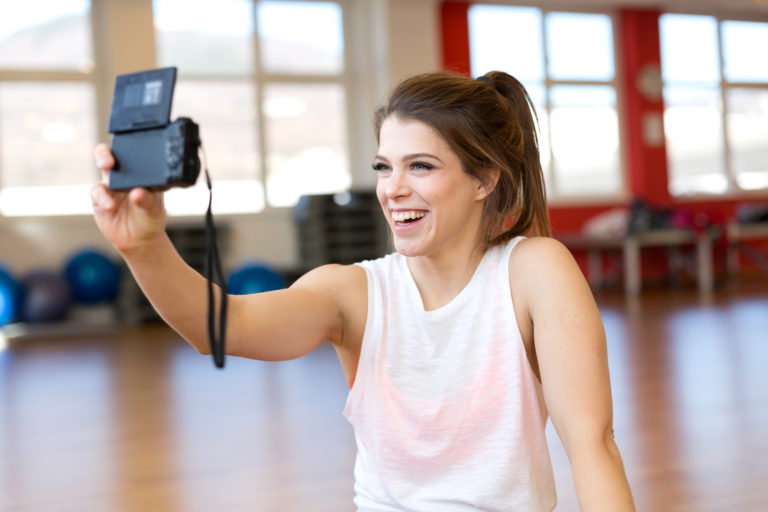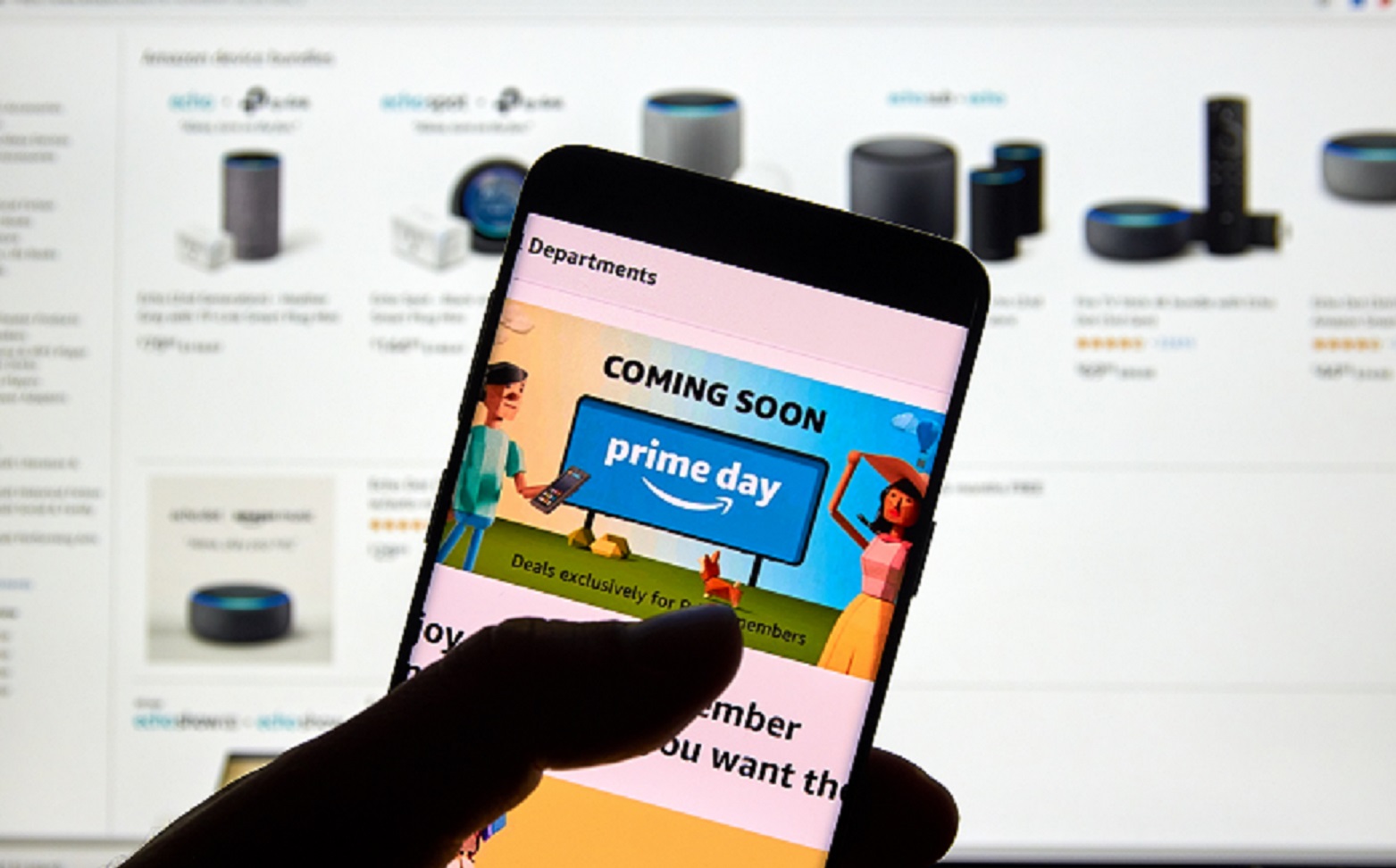Exploring the Ins & Outs of Influencer Marketing

December 7, 2018 | Article written by Carly Morris
What does a 30% rise in the use of ad blocking software have to do with an increase in average time spent on social media?
While the two stats aren’t directly related, both do have highlight the importance of authentic, trusted content among today’s digital natives.
To combat ad blockers and reach this savvy audience, many advertisers are turning to influencer marketing. In fact, 62% of marketers indicated an expansion of influencer marketing budgets a priority for 2018.
Why Influencer Marketing?
Influencer marketing leverages popular internet personalities and celebrities to promote a brand. Influencers typically have thousands or millions of online followers and are in some way influential in a given industry of lifestyle sector.
Handing over control of a brand’s messaging can be a tough pill for many marketers to swallow. However, to stay relevant and maintain a strong relationship with your customers, it’s important to adapt to the types of content they are gravitating toward.
Here are a just a few statistics that illustrate the power of influencers:
● 43% of 25-34-year-olds are likely to follow influencers on Facebook
● 53% of 19-24-year-olds are likely to follow influencers on Instagram
● 37% of 25-34-year-olds are more likely to trust what an influencer says about a brand than what a brand says about itself
● 42% of people reported trying a product or service based on an influencer’s recommendation
● 26% of people have made a purchase after seeing an influencer’s branded post
● Influencers with 1 million – 20 million followers receive more engagement than most celebrities
What’s more, certain verticals stand to benefit from influencers more than others:
● 75% of 16-34-year-old Instagram users follow fashion influencers
● 72% follow lifestyle influencers
● 70% follow beauty influencers
● 63% follow travel influencers
Best Practices for Influencer Marketing
When it comes to running a digital ad campaign with influencers, there are a few key strategies to adhere to, including:
1. Maintain Authenticity
Influencers gain their massive followings because they are trusted experts in their fields — whether that’s home décor or deep-sea fishing. Therefore, brands should never try to take over an influencer’s style or restrict their creative freedom. The most effective way to promote with influencers is to maintain that authentic and trusted voice at all costs.
2. Consider Your Audience
While an influencer’s style might align with your specific campaign messaging, their audience might not. Be sure to do your due diligence to determine which audiences you’re trying to reach, and which influencers have a foothold among those communities. Tools like HYPR can be a great place to start.
3. Watch Out for Competition
The demand for influencer-sponsored posts is on the rise. If you’re joining forces with an influencer, be sure they’re not also working with other competitors within the same time frame of your campaign. Competition is inevitable in any advertising arena, but there are certain parameters you can negotiate to help avoid conflicting messages.
4. Find Influencers Who Are Already Talking About Your Brand
One of the most effective and authentic ways to leverage influencers is to work with people who genuinely love your brand. Again here, you can use tools like HYPR, Mention, or even a simple Google search to discover bloggers and social media influencers who already think highly of your brand or products.
5. Leverage Micro-Influencers
Did you know that micro-influencers can deliver 60% higher campaign engagement rates? Campaigns led by micro-influencers are also 6.7X more efficient per engagement and drive 22X more weekly conversations than the average consumer. Not only are micro-influencers powerful voices for your brand, but they can also be more cost-efficient and deliver a hyper-localized touch.
6. Don’t Forget #Sponsored
As influencer marketing continues to thrive, it’s important to stick to the FTC’s rules and regulations around clearly marking posts as sponsored.
Measuring the Impact of Influencer Marketing
Despite its promise, measuring the impact of influencer marketing is still a challenge for many advertisers. However, there are a few surefire ways to help evaluate your success:
1. Codes & Links
To easily track if an influencer post led to a sale or engagement, influencers can provide a specific code and/or use a unique link that advertisers can trace back to the individual promotion.
2. Engagement & Influencer Analytics
90% of marketers say that engagement is the most important measurement of a successful influencer campaign. Before bringing an influencer on board, be sure to get their permission to access social analytics after the campaign in order to highlight critical audience insights, engagement, impressions, demographics, and more.
3. Don’t Disregard Public Sentiment
While links and codes are an effective way to track the direct impact of an influencer ad, they still don’t paint a full picture of your campaign impact. Think: people who see the ad but don’t purchase until much later, or those who research your product later down the line from a different device. Remember that brand awareness and sentiment can be harder to track, but they’re also critical outcomes to consider when assessing your campaigns.
For 2019, influencer marketing is only set to continue on an upward trend. So, now it’s up to advertisers to explore the potential strengths and implications that this strategy holds for their brands, all the while working to maintain the integrity and authenticity that makes influencers so respected in the first place.


